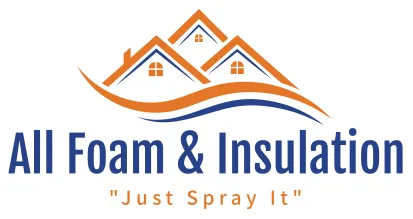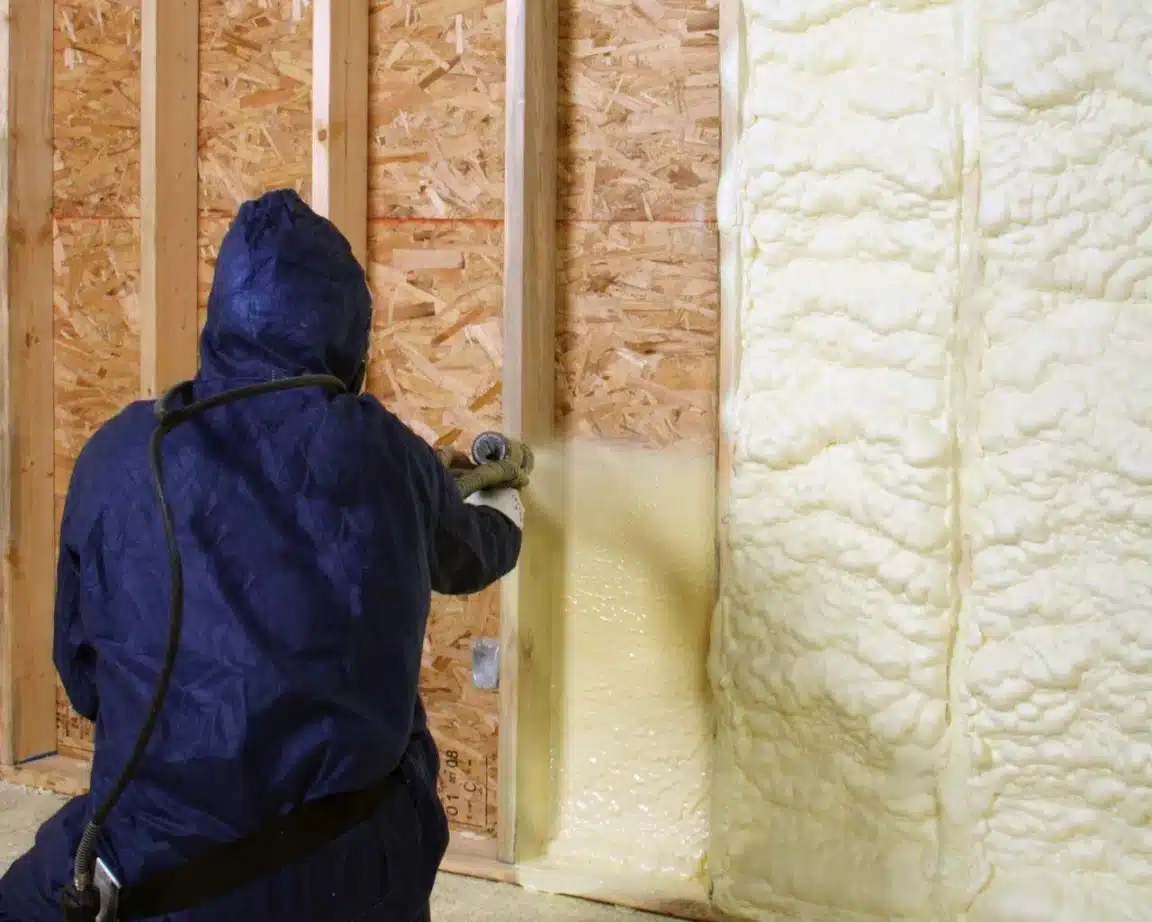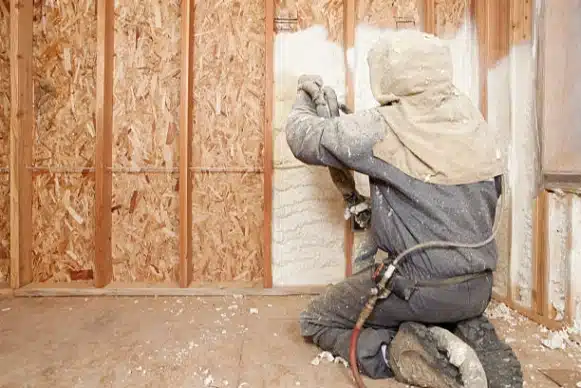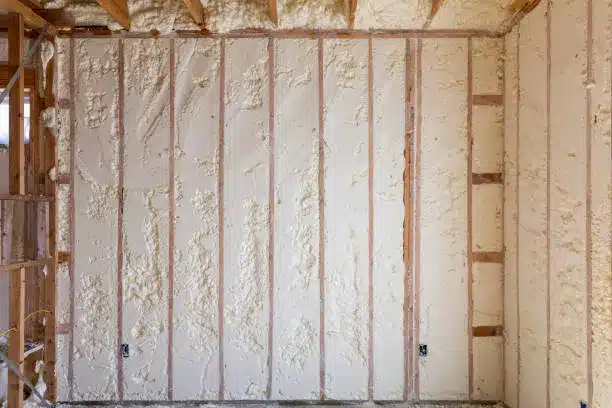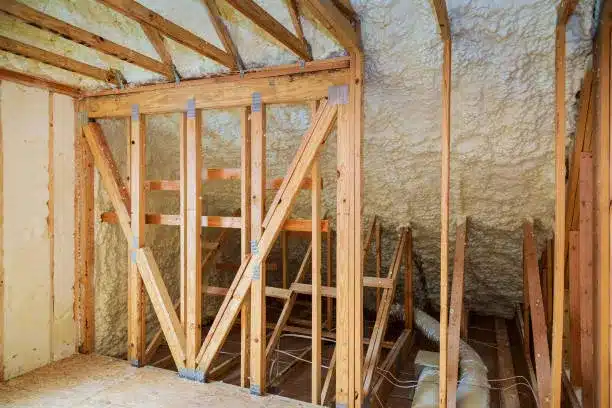Introduction
Spray foam insulation provides a high-performance solution for maintaining indoor comfort, reducing energy costs, and enhancing structural durability. Its effectiveness varies depending on climate conditions, influencing how well it regulates temperatures, manages moisture, and adapts to seasonal changes. Understanding how spray foam insulation performs in different climates helps homeowners and businesses choose the right type for their needs.
Understanding Spray Foam Insulation Performance
Spray foam insulation is composed of polyurethane foam that expands and hardens to create an airtight seal. It is available in two main types:
- Open-cell spray foam: Lightweight and flexible, allowing for some air and moisture permeability.
- Closed-cell spray foam: Denser and rigid, offering a higher R-value and better moisture resistance.
Both types contribute to energy efficiency, but their performance differs based on climate-related factors such as temperature extremes, humidity levels, and seasonal variations.
Performance in Cold Climates
Temperature Regulation and Heat Retention
Cold climates demand insulation that retains heat efficiently while preventing drafts. Spray foam excels in these conditions by forming a continuous barrier that minimizes heat loss. Closed-cell spray foam is particularly effective due to its high R-value, which helps maintain indoor temperatures despite freezing outdoor conditions.
Preventing Ice Dams
In regions with heavy snowfall, improper insulation can lead to ice dam formation. Spray foam insulation minimizes heat transfer through the roof, preventing snow from melting and refreezing at the eaves. This reduces the risk of structural damage and water leaks.
Moisture and Condensation Control
Cold weather can cause condensation issues inside walls and attics. Closed-cell spray foam acts as a moisture barrier, preventing water infiltration and reducing the risk of mold growth and structural decay.
Performance in Hot Climates
Heat Resistance and Energy Savings
In hot climates, insulation plays a crucial role in blocking heat from entering the building. Spray foam, particularly closed-cell, offers excellent thermal resistance, reducing the need for excessive air conditioning and lowering energy bills.
Humidity Management
High humidity levels can lead to mold growth and structural damage. Closed-cell spray foam resists moisture absorption, helping to maintain a dry and comfortable indoor environment. Open-cell foam, while breathable, may require a vapor barrier in particularly humid regions.
UV and Heat Durability
Prolonged exposure to high temperatures can degrade certain insulation materials. Spray foam retains its performance over time, preventing thermal breakdown and maintaining energy efficiency for years.
Performance in Mixed and Moderate Climates
Year-Round Efficiency
In regions that experience both hot summers and cold winters, insulation must perform well in all seasons. Spray foam adapts by sealing gaps and maintaining indoor temperature stability, reducing the need for both heating and cooling.
Seasonal Expansion and Contraction
Buildings naturally expand and contract with temperature changes. Open-cell spray foam accommodates minor structural movements without compromising insulation effectiveness, making it a suitable choice for mixed climates.
The Importance of Proper Installation
Ensuring Maximum Efficiency
The effectiveness of spray foam insulation depends on proper installation. It must be applied evenly and in the correct thickness to achieve optimal performance. Poor application can lead to gaps, reduced R-value, and air leakage.
Professional vs. DIY Application
While DIY kits exist, professional installation is recommended to ensure precise application, adherence to safety guidelines, and long-lasting results. Certified installers have the expertise to adjust for climate-specific needs and building structures.
Choosing the Right Spray Foam for Your Climate
Factors to Consider
- Climate conditions: Cold, hot, or mixed climates require different insulation approaches.
- Building structure: Older buildings may need retrofitting, while new constructions can integrate spray foam seamlessly.
- Budget and long-term savings: Higher upfront costs for closed-cell spray foam often lead to greater energy savings over time.
Get Expert Guidance
For those considering spray foam insulation, consulting with an expert ensures the best choice for your specific climate and home requirements. All Foam & Insulation, LLC provides professional assessment and installation services. Reach out at (541) 826-9600 or email [email protected] for more details.
FAQs
How does spray foam compare to traditional insulation in different climates?
Spray foam outperforms fiberglass and cellulose by providing an airtight seal, better moisture control, and superior energy efficiency in both hot and cold environments.
Can spray foam insulation be used in humid regions?
Yes, closed-cell spray foam is highly resistant to moisture, making it an excellent choice for humid climates where mold and dampness are concerns.
Will spray foam insulation help reduce my energy bills?
Yes, by minimizing air leakage and improving thermal efficiency, spray foam insulation significantly reduces heating and cooling costs.
Does spray foam work well in fluctuating temperatures?
Yes, both open-cell and closed-cell spray foam adapt to seasonal changes, maintaining their insulating properties year-round.
Is spray foam insulation safe for residential use?
When installed properly by professionals, spray foam is safe and does not emit harmful fumes after curing. Proper ventilation during installation is essential.
How long does spray foam insulation last?
Spray foam insulation can last over 50 years when applied correctly, providing long-term energy savings and structural benefits.
Can I install spray foam insulation myself?
DIY kits exist, but professional installation is recommended to ensure proper application, avoid gaps, and maximize insulation performance.
Does spray foam insulation require maintenance?
Once applied, spray foam requires minimal maintenance. Periodic inspections can help identify any structural or environmental issues that may affect performance.

